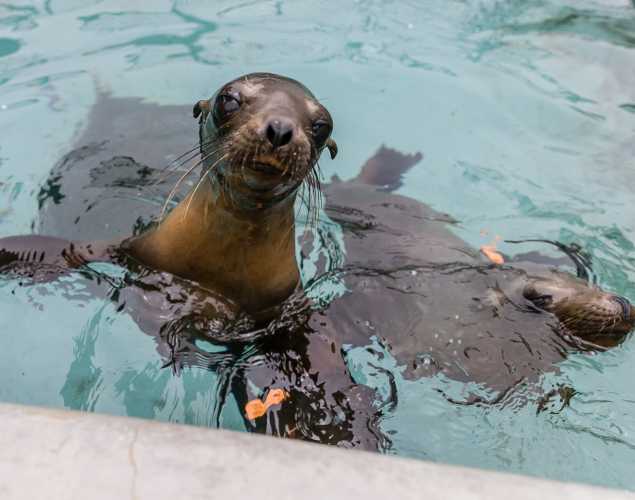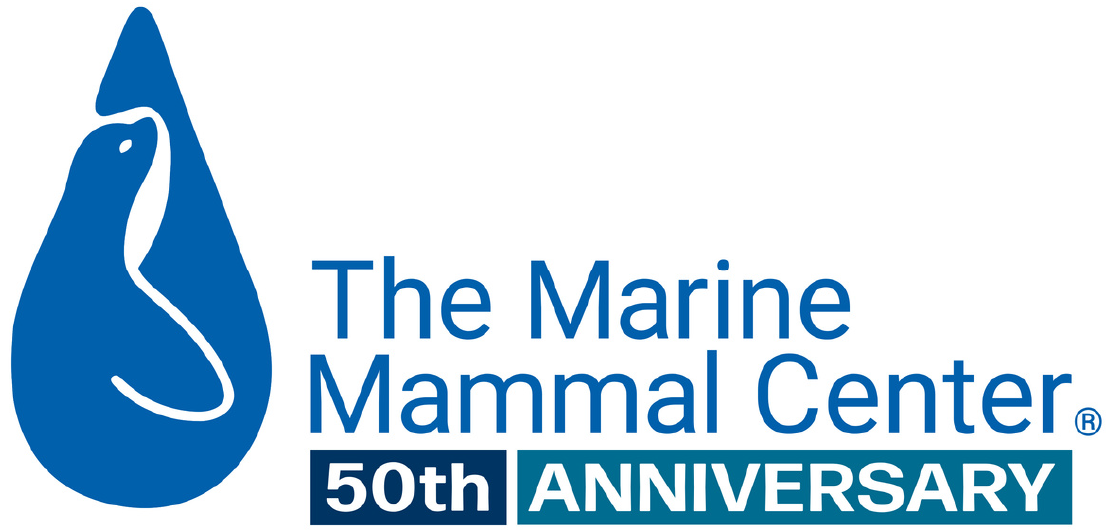
Zoonotic Bacteria Persistence and Susceptibility
- Infectious disease
Abstract
Hypermucoviscous K. pneumoniae (HMV) are emergent zoonotic pathogens associated with increased invasiveness and pathogenicity in terrestrial and marine mammals. In this study, HMV and non-HMV isolates recovered from stranded pinnipeds were used to investigate: 1) their persistence in sea and fresh water microcosms at 10 and 20°C, 2) their capacity to form biofilms, and 3) the biocide efficacy of four disinfectants on their planktonic and biofilm phenotypes. Results indicated that although HMV isolates were significantly more mucoviscous, non-HMV isolates displayed significantly greater capacity to form biofilms (p < 0.05). Additionally, non-HMV isolates persisted in greater numbers in both sea- and freshwater, particularly at 20°C. These two phenomena could be associated with the greater growth observed for non-HMV isolates in in-vitro growth-curve assays (p < 0.05). Similar susceptibility to disinfectants was detected in HMV and non-HMV isolates when exposed for 24 h; however, the minimal biofilm disinfectant eradication concentration for HMV isolates was significantly higher than that for non-HMV when exposed to disinfectants for 0.5 h. This information should be taken into consideration when developing biosecurity protocols in facilities holding marine mammals in captivity.
Soto, E., Abdelrazek, S.M., Basbas, C., Duignan, P.J., Rios, C. and Byrne, B.A., 2020. Environmental persistence and disinfectant susceptibility of Klebsiella pneumoniae recovered from pinnipeds stranded on the California Coast. Veterinary Microbiology, 241, pp.108554.
Meet The Experts
{"image":"\/People\/Portrait\/cropped-images\/Padraig Duignan-0-56-635-496-1601760621.jpg","alt":"Padraig Duignan","title":"P\u00e1draig Duignan","text":"Director of Pathology","link_url":"https:\/\/www.marinemammalcenter.org\/person\/padraig-duignan","link_text":"Read Bio"}

Related Publications
{"image":"\/Animals\/Wild\/Other species\/nz-sea-lion-shutterstock.jpg","alt":"New Zealand sea lion","title":"Causes of Death in Two Populations of New Zealand Sea Lions","link_url":"https:\/\/www.marinemammalcenter.org\/publications\/causes-of-death-in-two-populations-of-new-zealand-sea-lions","label":"Research Paper"}

{"image":"\/Animals\/Patients\/California sea lions\/cropped-images\/csl-photo-by-bill-hunnewell-c-the-marine-mammal-center-1-0-0-2358-1722-1600891644.jpg","alt":"California sea lions","title":"Emerging Viruses in Marine Mammals","link_url":"https:\/\/www.marinemammalcenter.org\/publications\/emerging-viruses-in-marine-mammals","label":"Research Paper"}

{"image":"\/Animals\/Patients\/California sea lions\/csl-photo-by-bill-hunnewell-c-the-marine-mammal-center-12.jpg","alt":"two California sea lions","title":"Multi-Phase Muscle Breakdown in California Sea Lions","link_url":"https:\/\/www.marinemammalcenter.org\/publications\/multi-phase-muscle-breakdown-in-california-sea-lions","label":"Research Paper"}

{"image":"\/Animals\/Wild\/Other species\/nz-sea-lion-shutterstock.jpg","alt":"New Zealand sea lion","title":"Tuberculosis in New Zealand Seals, Sea Lions and Dolphins","link_url":"https:\/\/www.marinemammalcenter.org\/publications\/tuberculosis-in-new-zealand-seals-sea-lions-and-dolphins","label":"Research Paper"}

Recent News
{"image":"\/People\/Action\/Veterinary care\/cropped-images\/Harris_Green turtle_TMMC-0-0-1270-992-1767649941.jpg","alt":"Heather Harris","title":"Seattle Aquarium Awards Dr. Heather Harris With Prestigious Conservation Research Award","link_url":"https:\/\/www.marinemammalcenter.org\/news\/seattle-aquarium-awards-dr-heather-harris-with-prestigious-conservation-research-award","label":"In the News","date":"2026-01-05 04:48:00"}

Seattle Aquarium Awards Dr. Heather Harris With Prestigious Conservation Research Award
January 5, 2026
Read More{"image":"\/People\/Action\/Veterinary care\/cropped-images\/harris-teaching-tube-feeding-0-0-1270-992-1767650122.jpg","alt":"A veterinarian and two trained volunteers tube feed an elephant seal pup.","title":"Training College Students in Marine Mammal Health","link_url":"https:\/\/www.marinemammalcenter.org\/news\/training-college-students-in-marine-mammal-health","label":"News Update","date":"2026-01-05 04:48:00"}

{"image":"\/Animals\/Patients\/Harbor seals\/2020\/cropped-images\/hs-barnwood-by-bill-hunnewell-c-the-marine-mammal-center-315-0-3299-2577-1607370547.jpg","alt":"harbor seal Barnwood","title":"Last-Minute Gift Guide \u2013 Top Gifts that Give Back to Marine Animals","link_url":"https:\/\/www.marinemammalcenter.org\/news\/last-minute-gift-guide","label":"News Update","date":"2025-12-18 01:00:00"}

Last-Minute Gift Guide – Top Gifts that Give Back to Marine Animals
December 18, 2025
Read More{"image":"\/Animals\/Patients\/Hawaiian monk seals\/2025\/cropped-images\/b-ru72admission-to-ke-kai-ola112125photo-c-the-marine-mammal-center-noaa-permit-24359-0-364-1270-992-1766095407.jpg","alt":"A newborn Hawaiian monk seal pup with a black coat in rehabilitative care.","title":"Newborn Hawaiian Monk Seal Pup Now Receiving Care","link_url":"https:\/\/www.marinemammalcenter.org\/news\/newborn-hawaiian-monk-seal-pup-now-receiving-care","label":"Patient Update","date":"2025-12-18 01:00:00"}


